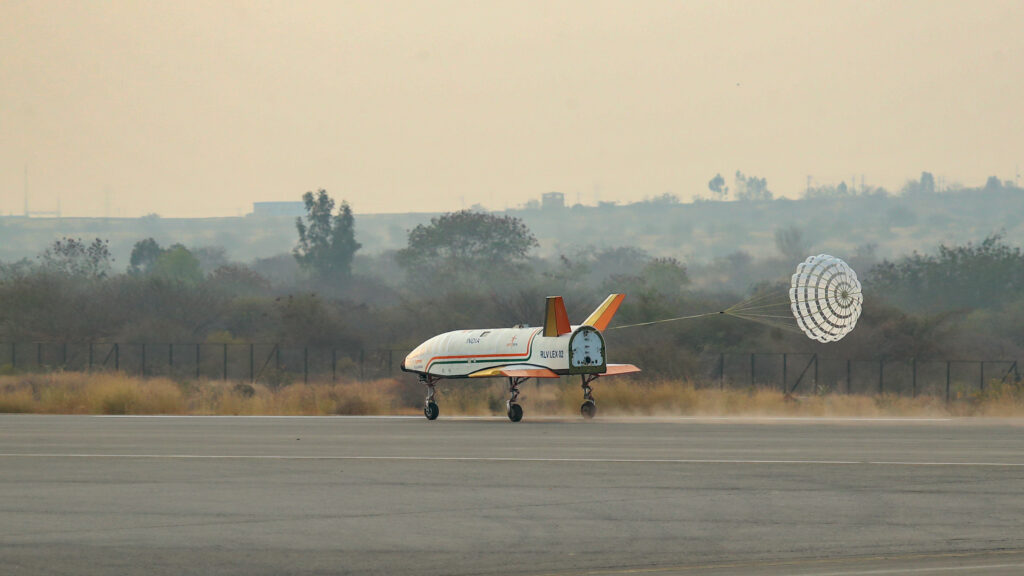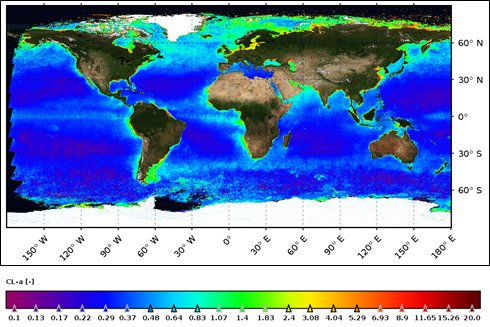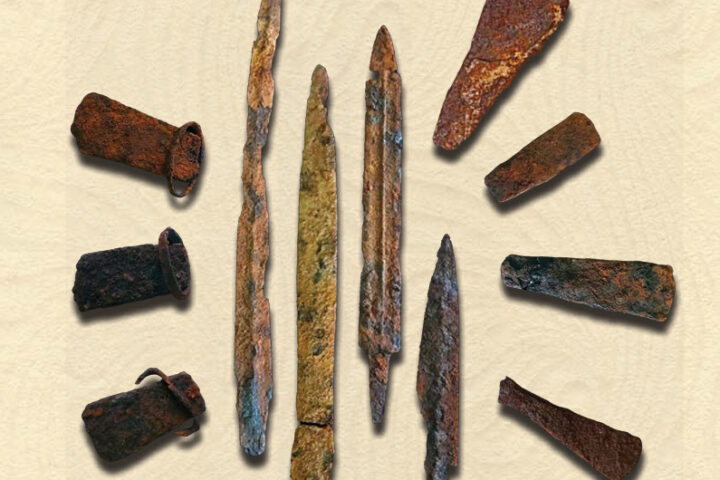The Indian Space Research Organisation (ISRO) successfully conducted a landing test of its Reusable Launch Vehicle (RLV) named “Pushpak” on the morning of 22 March 2024. The landing took place in Challakere, Chitradurga, Andhra Pradesh, at a facility owned by the Defence Research and Development Organisation (DRDO), where its landing and take-off tests are conducted.

Pushpak is a unique type of space shuttle designed to carry satellites and cargo into space. Previously, on 2 April 2023, ISRO, DRDO, and the Indian Air Force jointly conducted a landing test of Pushpak, during which it was released from a Chinook helicopter at an altitude of 4.5 km, after which the vehicle successfully landed autonomously. Pushpak is entirely indigenous, and in a few years, our astronauts could potentially load cargo into its larger version to reach space or launch satellites with it.

This vehicle is designed to deploy satellites into space and then return so it can be flown again. Moreover, it can be used for espionage or attacks over any country, or even to destroy an enemy’s satellite in space. Countries like the USA, Russia, and China are also interested in leveraging such technology. It could also be used for space debris removal and satellite repair.
This is an automated reusable launch vehicle capable of deploying directed energy weapons (DEW). Tasks such as blowing up power grids or destroying computer systems could be executed using Pushpak. ISRO aims to complete this project by 2030 to save on the cost of repeatedly building rockets.
Similar Posts
The cost of satellite launches could be reduced by tenfold, allowing for relaunch after minor maintenance. Reusable Launch Vehicles’ advanced and next versions could also be used to send Indian astronauts into space. Currently, only countries like the USA, Russia, France, China, and Japan are developing such space shuttles.

The 2016 test flight of Pushpak was a milestone. It was launched into space on top of a rocket, flying at hypersonic speed up to 65 km, then turned 180 degrees to return. This 6.5-meter long spacecraft weighs 1.75 tons and was later landed in the Bay of Bengal.

This spacecraft is beneficial for science and defense. It is a two-stage spacecraft, the first being a reusable winged craft that will go into orbit, with a rocket underneath to propel it. Once in orbit, the spacecraft will deploy satellites into space and then return. It can also be used for defense-related purposes.


















